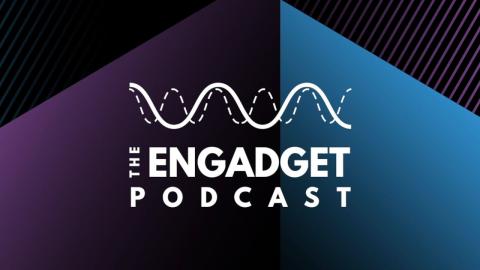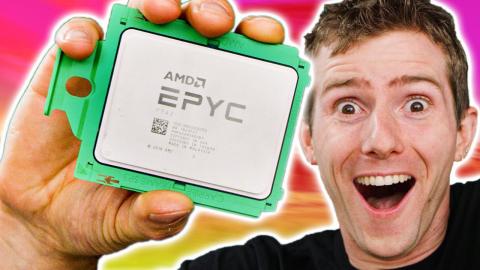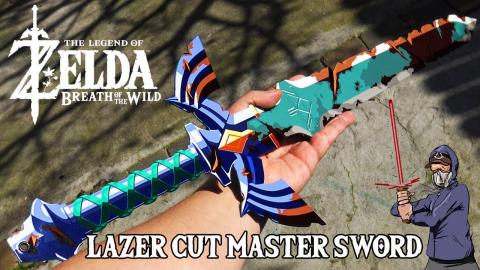Leo Says Ep 26 : Is Overclocking dead? 7NM Fiasco, Nvidia RTX, EPYC Copies in China
Description
Leo Says 26
More accurately, Leo is confused and is asking questions.
01:01 What is overclocking in 2018?
06:27 Intel ‘9th Gen’ and Z390 due in October
07:49 AMD has come up with a scheme to produce EPYC for sale within China
09:20 SMIC is working to improve its 28nm process and to develop 14nm
10:48 Global Foundries has stopped 7nm development.
14:28 NVIDIA Controls AIB Launch and Driver Distribution?
18:50 Samsung shows off Q900R consumer 8K TVs
LEOS EPISODE NOTES:
What is overclocking?
KitGuru took a good look at the new Gigabyte X399 Aorus Xtreme and MSI MEG X399 Creation motherboards along with Threadripper 2990WX. On Auto settings the results are impressive but when you raise the 250W power limit to 350W or 450W the power figures and performance have to be seen to be believed. Clock speeds increase from 3.1GHz to 3.6GHz or higher without any user input.
Does this count as overclocking where the CPU controls its own clock speed and core voltage?
Incidentally, what happened to the AMD Threadripper 2950X that was due on sale on 31st August?
Manual overclocking of all cores works for Cinebench, Blender, Premier and other software of that ilk, but not for games. In games you generally get better results when the CPU boosts a few cores to higher speeds.
Intel ‘9th Gen’ and Z390 due in October
Core i9-9900K and Core i7-9700K are both expected to be soldered
and it seems the Z390 chipset is a sideshow
Which means the question is likely to be, which Z370 boards have suitable power delivery to feed the new 8-core CPUs.
And also, how should we define the clock speeds of the new CPUs
– base speed, boost speed and extra boost speed for the best one or two cores.
AMD has come up with a scheme to produce EPYC for sale within China
AMD has a licensing deal with THATIC which in turn created HMC (Haiguang Microelectronics Co. Ltd.) and Hygon (Chengdu Haiguang Integrated Circuit Design Co. Ltd.) to produce copies of EPYC named Hygon Dhyana.
Dhyana Server chips are produced at TSMC Nanjing, SMIC Beijing and SMIC Shanghai
SMIC Beijing (Semiconductor Manufacturing North China (Beijing) Corporation)
SMIC is working to improve its 28nm process and to develop 14nm so it is two or three processes behind TSMC and Samsung.
https://asia.nikkei.com/Business/Companies/Chinese-chip-maker-invests-in-next-gen-tool-to-close-gaps-with-Intel-TSMC-Samsung
TSMC is mainly located in Taiwan but also has fabs in China, USA and Singapore and invested US$3 billion in China in December 2015 with a view to producing 16nm chips in H2 2018.
Samsung has committed to investing hefty sums in its chip business over the next three years.
In the mean time Global Foundries has stopped 7nm development. In 2014 Glo Flo bought its 14nm process from Samsung so you have to wonder when Glo Flo last had any successful development of its own.
As Glo Flo steps out the door we are left with Samsung and TSMC as the leaders and hopefully Intel, once they regain their mojo.
AMD has switched its cutting edge production to TSMC and states that things are going well.
AMD is moving EPYC to 7nm very shortly which will deliver 48-core and 64-core models
What I want to know is, where is THATIC producing those 14nm Hygon Dhyana chips? Presumably the answer is Global Foundries, presumably with a view to switching to SMIC which is due to produce 14nm chips in H1 2019
Where will they produce 7nm 2nd Gen. EPYCs? Is there any answer other than TSMC or do the Chinese have plans for their own 7nm process?
Nvidia takes control of RTX 2080 reviews.
AIBs can send RTX 2080 and 2080 Ti cards to review sites, but only to named individual reviewers but may not provide drivers. These come from Nvidia via a controlled portal.
https://www.hardocp.com/article/2018/08/28/nvidia_controls_aib_launch_driver_distribution/
IFA Berlin
Samsung shows off Q900R consumer 8K TVs.
https://news.samsung.com/uk/samsung-unveils-real-8k-resolution-and-8k-ai-upscaling-for-qled-8k-at-ifa-2018
sizes are 65-inch, 75-inch, 82-inch and 85-inch
4,000 nit peak brightness
8K AI Upscaling
KitGuru uses a variety of equipment to produce content:
As of 27th April 2018:
Panasonic GH5 Cameras
Panasonic GH4 Cameras
Panasonic G7 Cameras
Various PC builds
Final output – colour grading/titling etc:
iMac Pro 18 Core/Vega 64/128GB
Adobe Premiere Pro CC (PC)
Davinci Resolve Studio 14/15 (Mac)


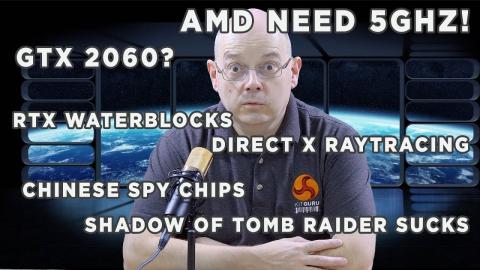
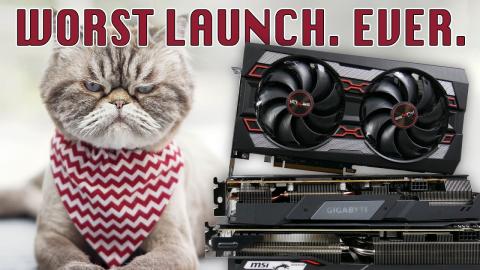
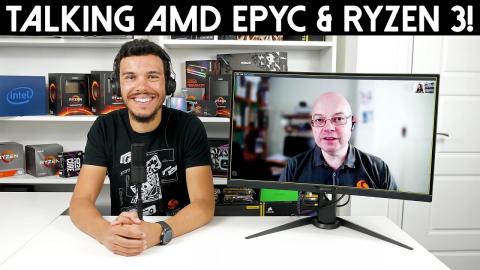
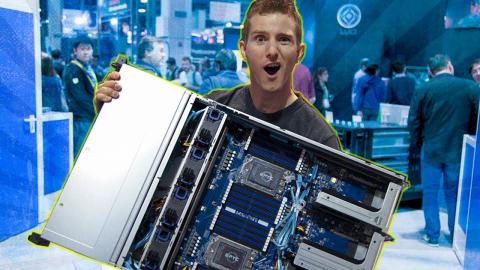
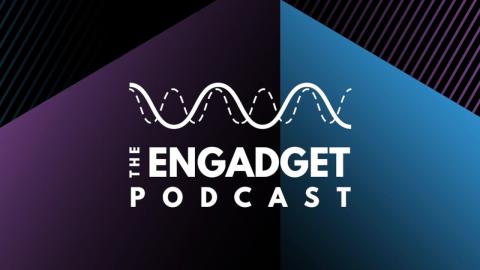
![NVIDIA RTX 4080 SUPER Founders Vs INNO3D RTX 4080 SUPER X3 [Overclocking | Power | Thermals]](https://www.vortak.net/uploads/thumbs/ce3a13e5d-1.jpg)
![What Now For EVGA? Is Overclocking Dead? Buying DDR5! [January 2023 Q&A Part 1]](https://www.vortak.net/uploads/thumbs/d87486c20-1.jpg)
